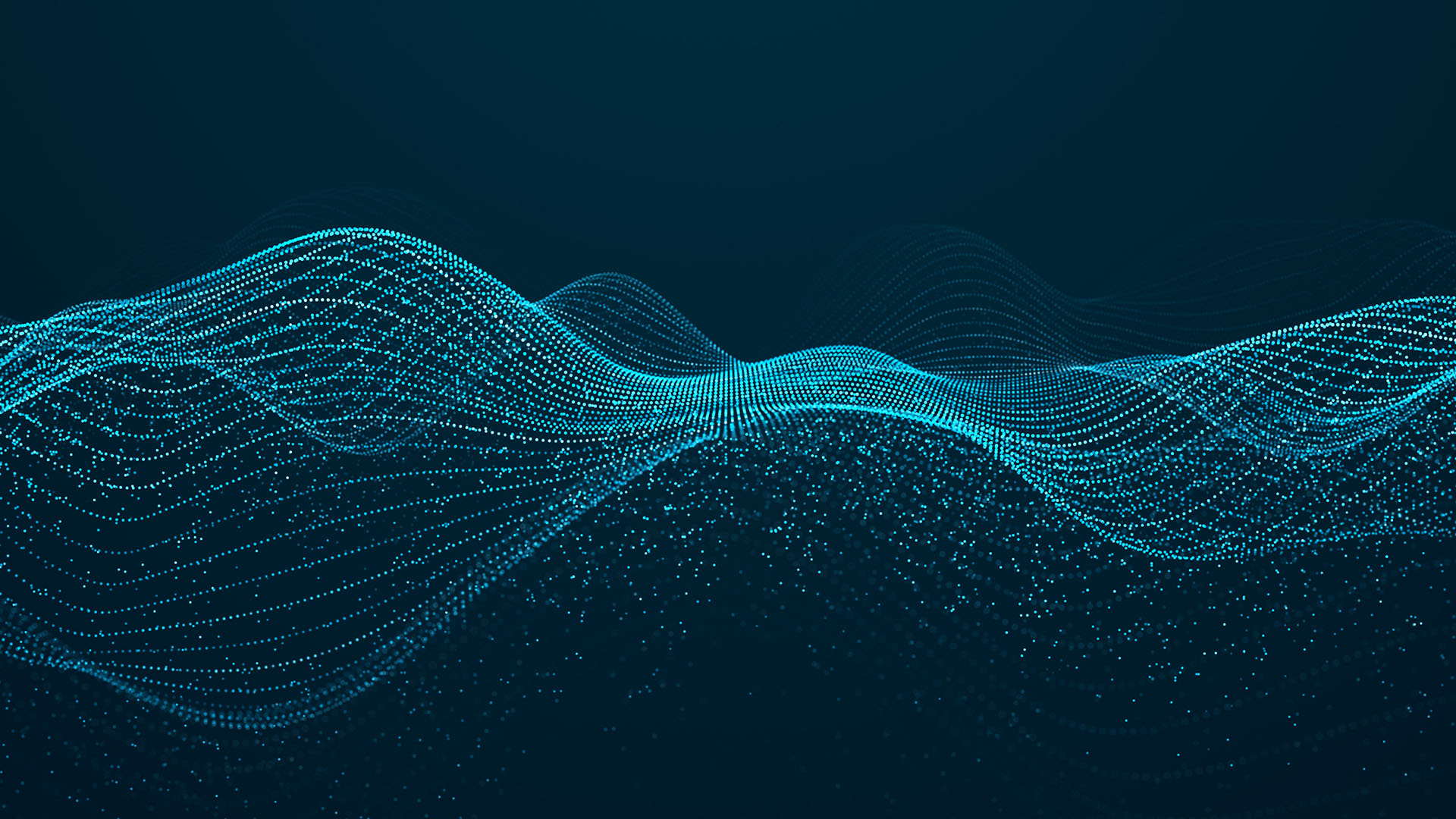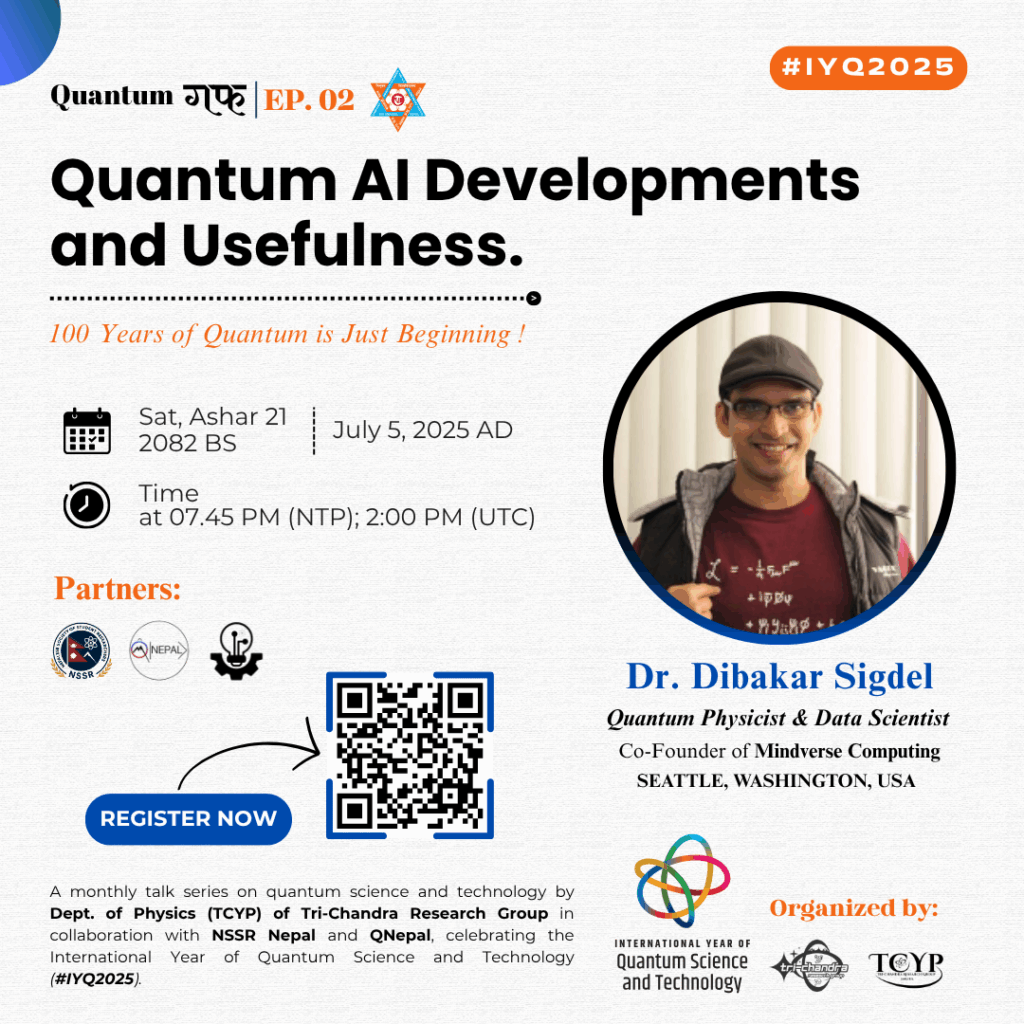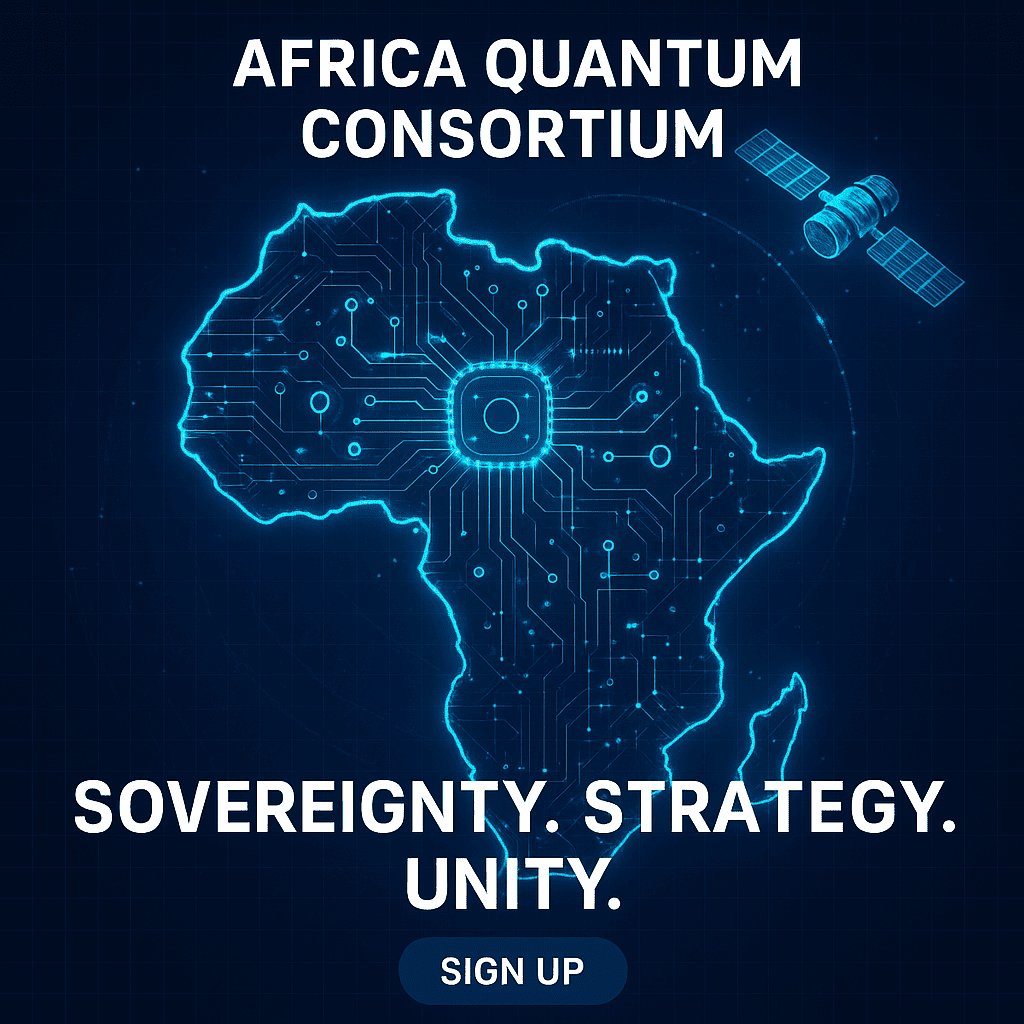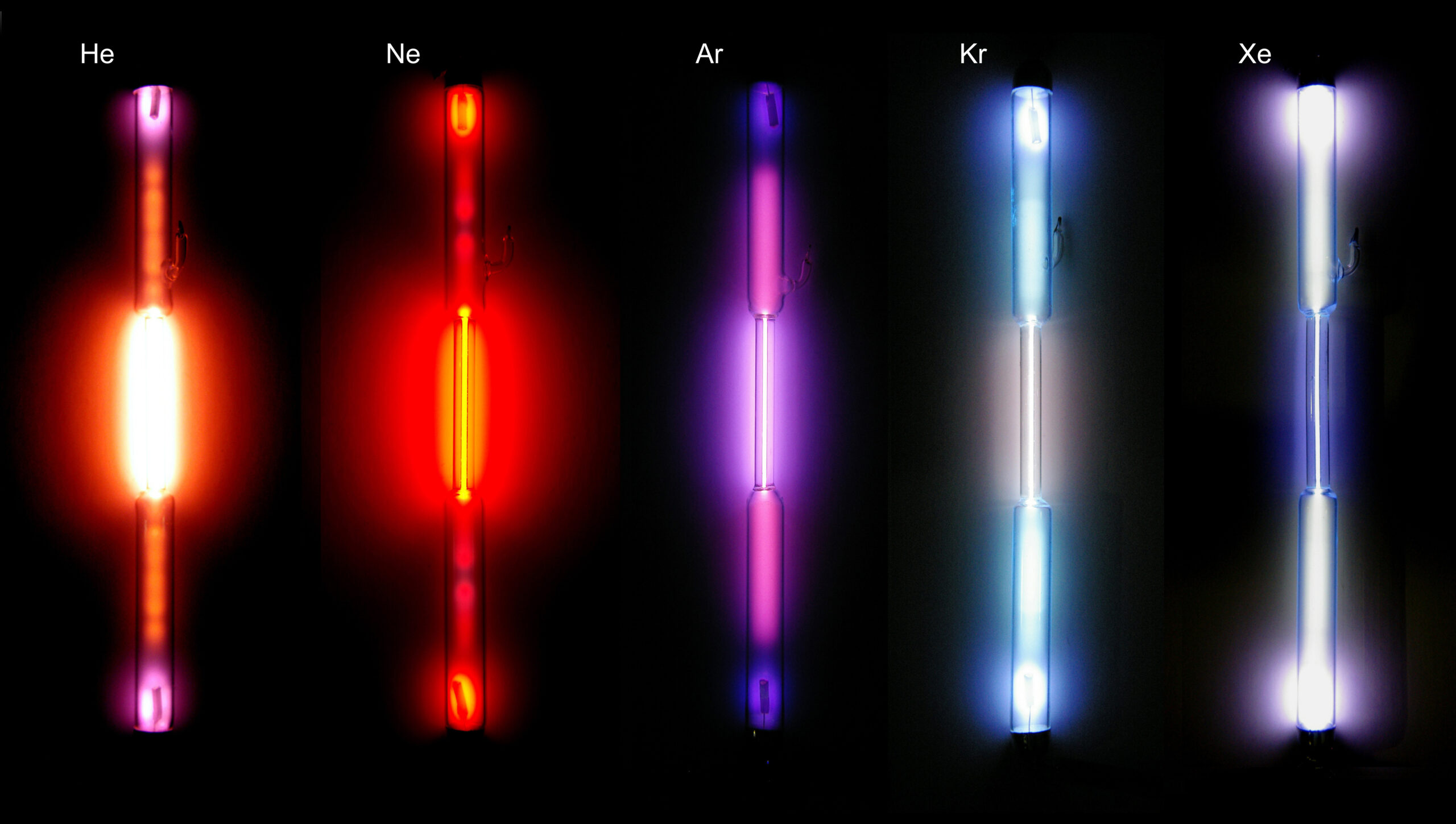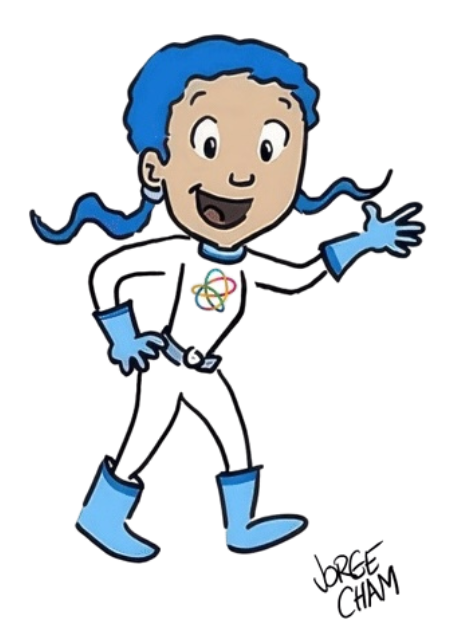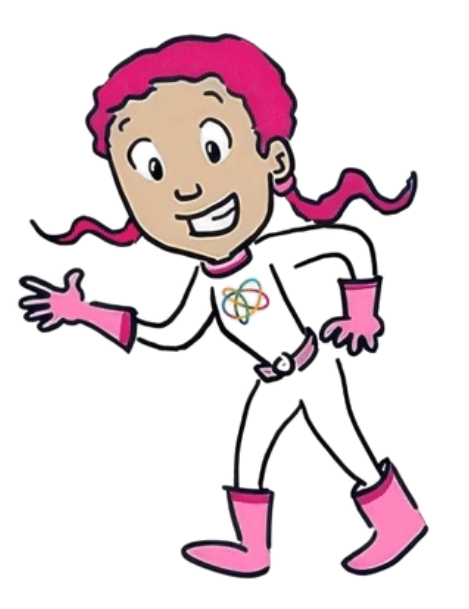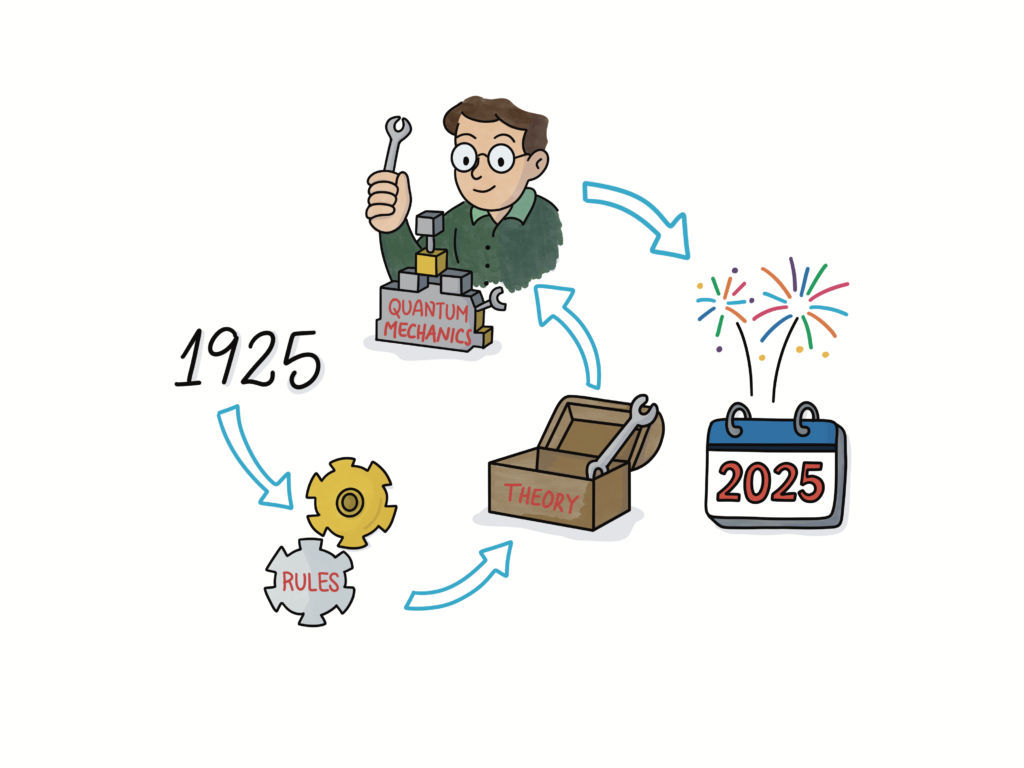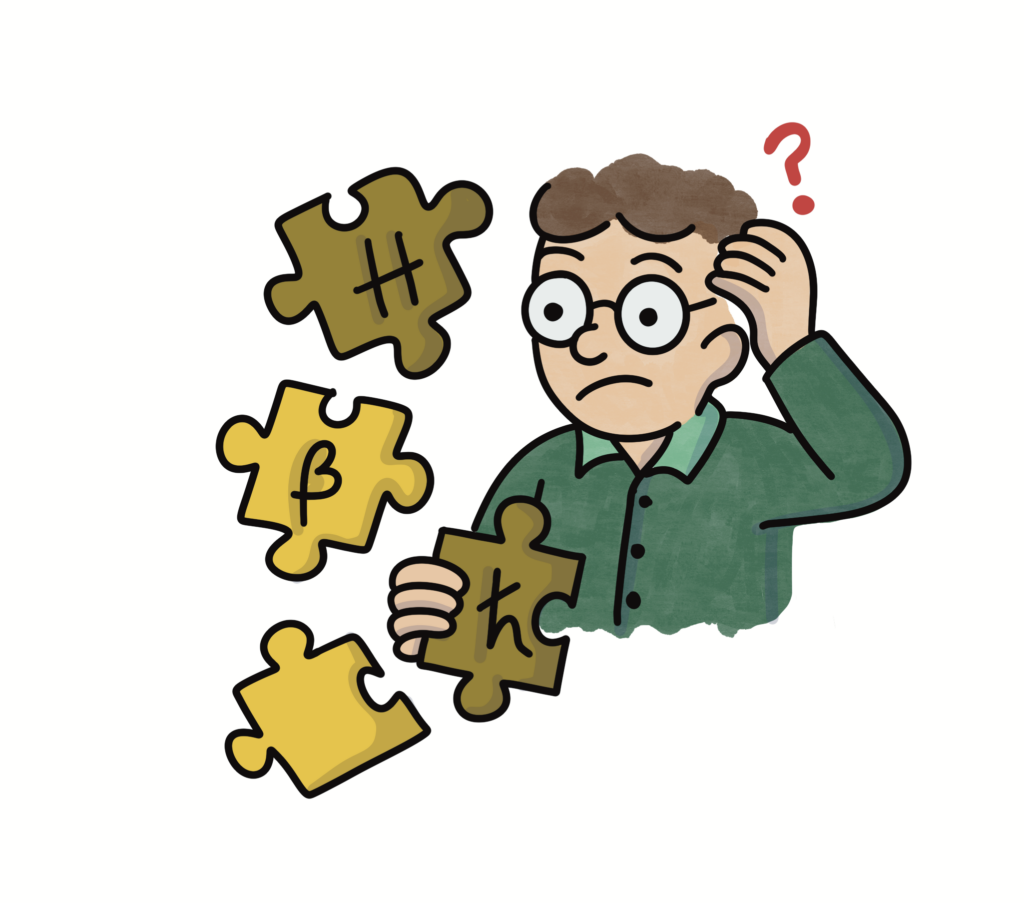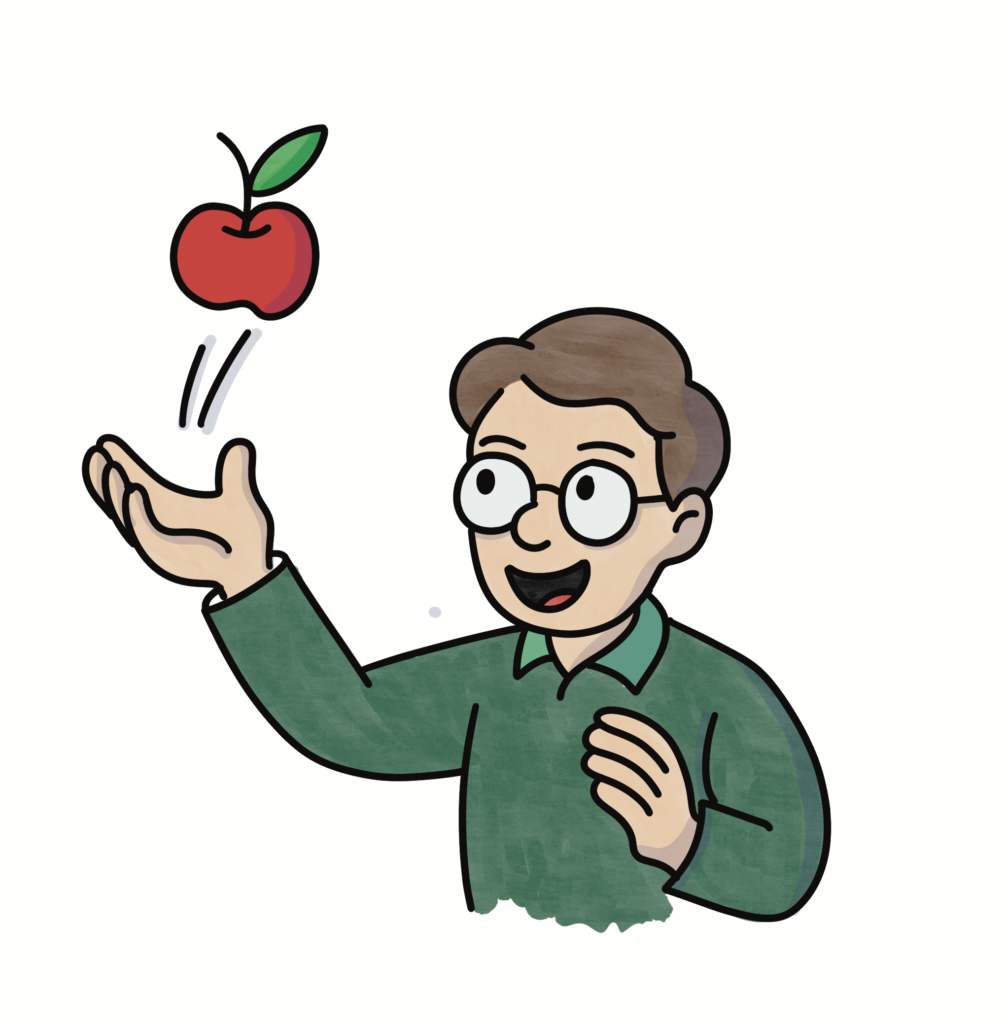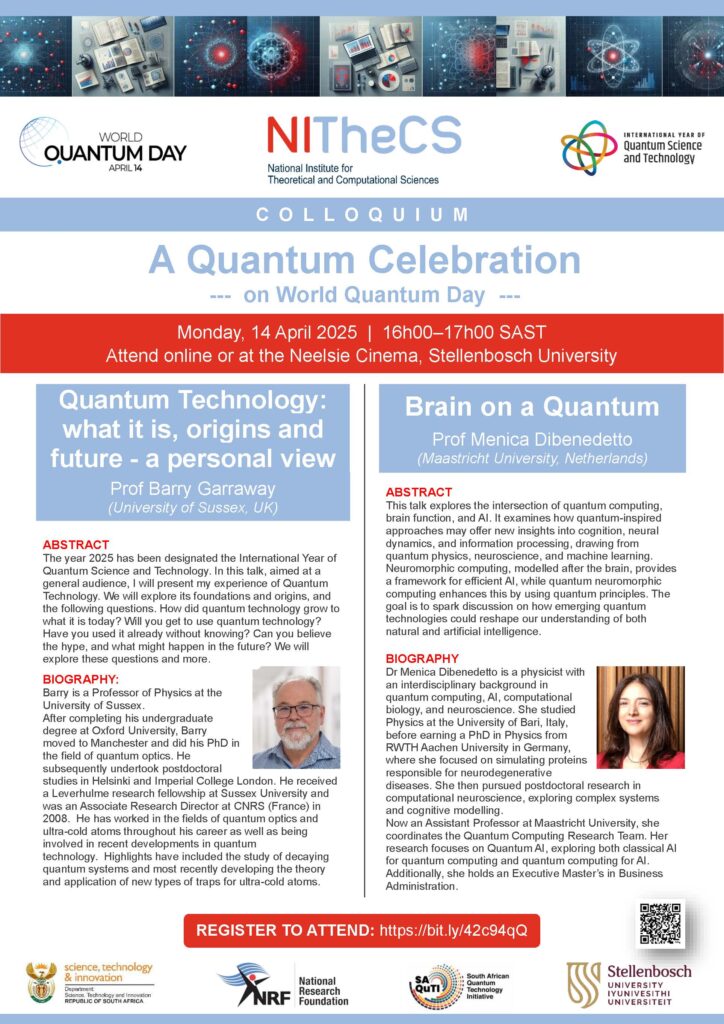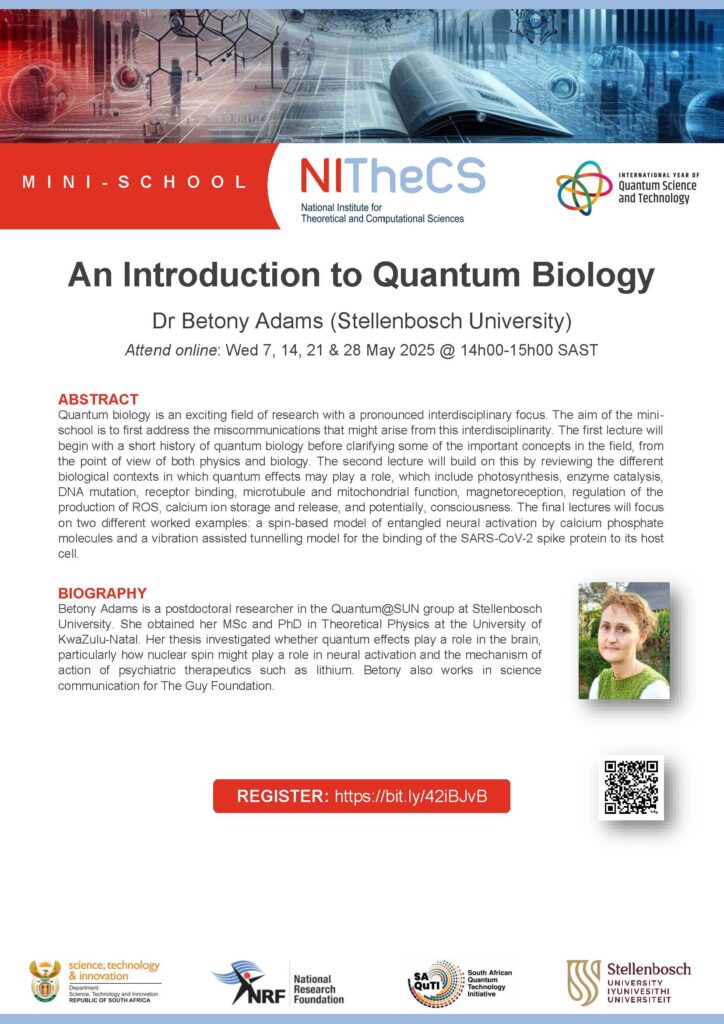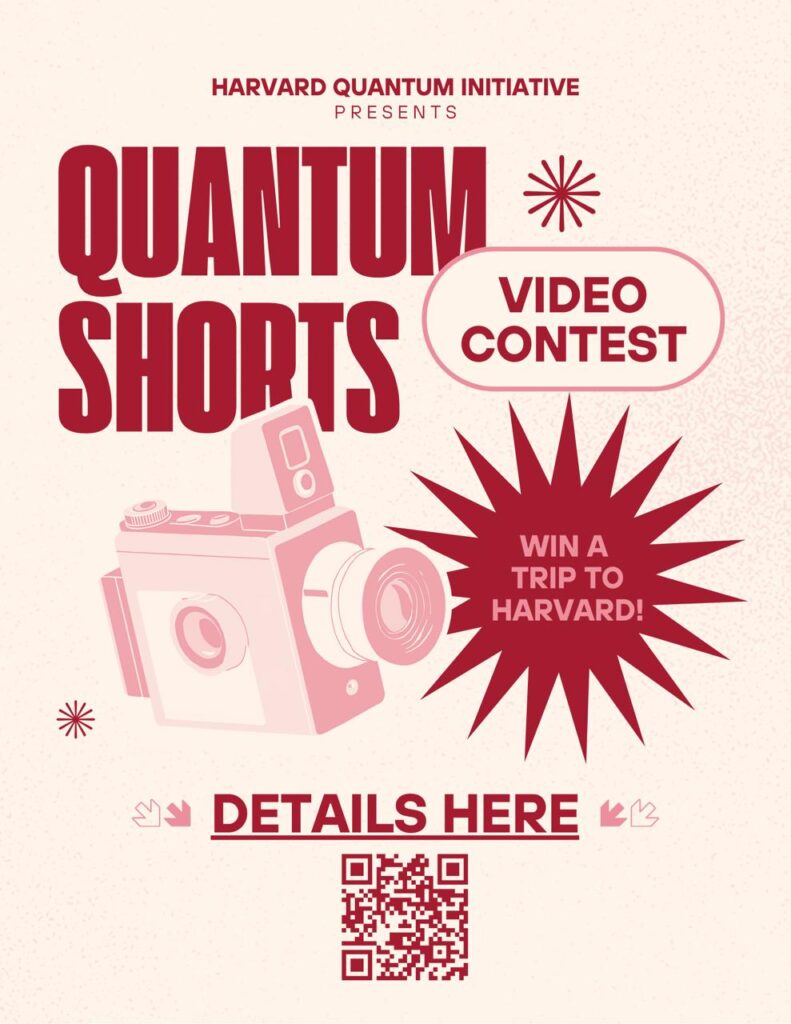Join us for Episode 02 of Quantum गफ, a monthly talk series exploring the frontiers of quantum science and technology. The series is organized by the Dept. of Physics (TCYP) of Tri-Chandra Research Group (TCRG) in collaboration with QNepal and NSSR Nepal, as part of the global celebration of the International Year of Quantum Science and Technology (#IYQ2025).
Topic: «Quantum AI Developments and Usefulness»
Guest Speaker: Dr. Dibakar Sigdel, Quantum Physicist & Data Scientist, Co-Founder, Mindverse Computing
Seattle, Washington, USA
Session Overview
In this session titled «Quantum AI Developments and Usefulness,» Dr. Dibakar Sigdel will explore how recent advancements in quantum computing are driving innovation in artificial intelligence. From quantum machine learning techniques to real-world applications in data science, the talk will examine how quantum AI is poised to revolutionize the future of intelligent systems.
Contact Us



